Instruction
What Should Be In Your Golf Fitness Program?
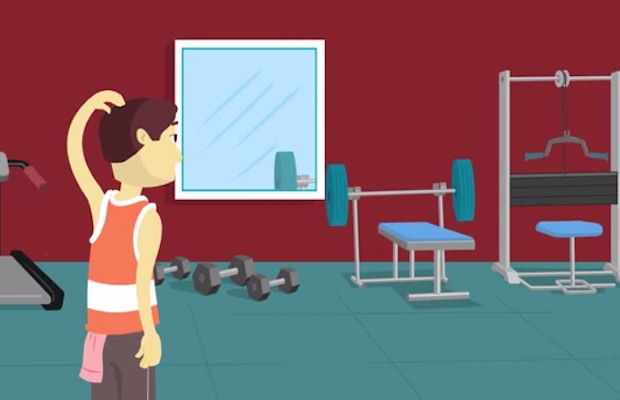
This story is part of our new “GolfWRX Guides,” a how-to series created by our Featured Writers and Contributors — passionate golfers and golf professionals in search of answers to golf’s most-asked questions.
So you are heading into the winter months and feel like it’s a good time to get busy with some physical training. It’s time to make a plan and get a training program sorted out, but you might feel a bit overwhelmed by the contrasting opinions and recommendations out there relating to golf fitness. If you are anything like the average golfer, then thoughts like this might be running through your head:
- Will I need to join a gym?
- How can I move my hips like Rory?
- Is stretching good for me or not?
- Should I get a trainer?
- Maybe I’ll get the “Ab Flex Twisty Turner Fat Shredder Pro 9?” (the answer is a definite NO to this one!)
All these doubts essentially boil down to four key questions
- What exercises are best for you?
- How many reps should you do?
- When should you do them?
- How much load should I use?
Answering these four questions forms the nuts and bolts of constructing a training program. If we can figure out how to answer these questions best, then we are most of the way to getting you a decent training program.
What Exercises Are Best For You?
Everyone has an opinion on what exercises golfers should or shouldn’t do. If you listened to everybody you’d be either in the gym all day doing 73 different exercises per workout, or you’d be frozen to the spot thinking about why NOT to do them all!
A good rule of thumb is to include exercise variations of the following primal movements
- Squat, Lunge, Push, Pull, Bend/Hinge, Brace
You’ll also want to target improvements in the following areas:
- Strength
- Stability
- Mobility
- Posture
This will ensure a balanced workout that incorporates a range of different movements and improves the way your body performs during the golf swing.
How Many Reps Will Do?
Again, opinions can be pretty polarized here. Some say do 5 reps for max strength or power, while others reckon that endurance is key and recommend doing 20 reps per set. I would advise to simply take the middle ground on this one. Aim for 8-to-12 reps and 2-to-3 sets and you can’t go too far wrong.
When Should You Do Them?
This really depends on a lot of your lifestyle and when you play golf during the week. Let’s use the example of someone who has some spare time during the week to exercise and plays their competitive round on a Saturday. In this case, go for three workouts per week and try to have a rest/recovery day on Friday. A schedule I often recommend is Monday, Tuesday, Thursday.
How Much Load Should I Use?
Imagine a scale of exertion and effort relative to how hard the last two reps are in a set. At one end of the scale, you are you are in danger of bursting blood vessels in your eyes. This is a 10. At the other end of the scale, you are not even close to breaking a sweat and could do 250 more reps if your life really depended on it. This is a 1. I would recommend aiming for 7 or 8 on the scale.
In terms of what type of load, I like the following progression relative to ability and experience:
- Bodyweight
- Bands
- Dumbbells
- Barbells
An Example
For a nice simple example of how this looks in program format, take a look at the image below. This is a workout taken from a beginner level program that I often use to introduce players to training their body for golf.
It is well worth considering that this advice WILL NOT apply to everyone and program design should reflect your ability, experience, injuries and other individual peculiarities. It also should be known that as professionals, my contemporaries and I consider a few more factors to achieve a really top notch program:
- What levels of exercises are suitable?
- What exercise progressions to use and when?
- Which exercises go together (and which ones do not)?
- How much rest between sets?
- What tempo (speed) to perform the exercises at?
- What are the appropriate modifications to form and technique?
As you can see, designing a comprehensive golf fitness program by yourself is actually a pretty tricky task. Formal strength and conditioning education, extensive knowledge of the golf swing and plenty of experience are needed to properly answer all of the questions above.
For those of you who want to get specific, here’s a story on the three most important parts of your body for golf.
If you would like more specific information or a program more tailored to you then contact me directly through email — nick@golfitapp.com — or check out what we have to offer at www.golffitapp.com.
Disclaimer: Always gain clearance for your training from a doctor or well-qualified exercise professional before commencement of an exercise regime.
Instruction
The Wedge Guy: Beating the yips into submission

There may be no more painful affliction in golf than the “yips” – those uncontrollable and maddening little nervous twitches that prevent you from making a decent stroke on short putts. If you’ve never had them, consider yourself very fortunate (or possibly just very young). But I can assure you that when your most treacherous and feared golf shot is not the 195 yard approach over water with a quartering headwind…not the extra tight fairway with water left and sand right…not the soft bunker shot to a downhill pin with water on the other side…No, when your most feared shot is the remaining 2- 4-foot putt after hitting a great approach, recovery or lag putt, it makes the game almost painful.
And I’ve been fighting the yips (again) for a while now. It’s a recurring nightmare that has haunted me most of my adult life. I even had the yips when I was in my 20s, but I’ve beat them into submission off and on most of my adult life. But just recently, that nasty virus came to life once again. My lag putting has been very good, but when I get over one of those “you should make this” length putts, the entire nervous system seems to go haywire. I make great practice strokes, and then the most pitiful short-stroke or jab at the ball you can imagine. Sheesh.
But I’m a traditionalist, and do not look toward the long putter, belly putter, cross-hand, claw or other variation as the solution. My approach is to beat those damn yips into submission some other way. Here’s what I’m doing that is working pretty well, and I offer it to all of you who might have a similar affliction on the greens.
When you are over a short putt, forget the practice strokes…you want your natural eye-hand coordination to be unhindered by mechanics. Address your putt and take a good look at the hole, and back to the putter to ensure good alignment. Lighten your right hand grip on the putter and make sure that only the fingertips are in contact with the grip, to prevent you from getting to tight.
Then, take a long, long look at the hole to fill your entire mind and senses with the target. When you bring your head/eyes back to the ball, try to make a smooth, immediate move right into your backstroke — not even a second pause — and then let your hands and putter track right back together right back to where you were looking — the HOLE! Seeing the putter make contact with the ball, preferably even the forward edge of the ball – the side near the hole.
For me, this is working, but I am asking all of you to chime in with your own “home remedies” for the most aggravating and senseless of all golf maladies. It never hurts to have more to fall back on!
Instruction
Looking for a good golf instructor? Use this checklist

Over the last couple of decades, golf has become much more science-based. We measure swing speed, smash factor, angle of attack, strokes gained, and many other metrics that can really help golfers improve. But I often wonder if the advancement of golf’s “hard” sciences comes at the expense of the “soft” sciences.
Take, for example, golf instruction. Good golf instruction requires understanding swing mechanics and ball flight. But let’s take that as a given for PGA instructors. The other factors that make an instructor effective can be evaluated by social science, rather than launch monitors.
If you are a recreational golfer looking for a golf instructor, here are my top three points to consider.
1. Cultural mindset
What is “cultural mindset? To social scientists, it means whether a culture of genius or a culture of learning exists. In a golf instruction context, that may mean whether the teacher communicates a message that golf ability is something innate (you either have it or you don’t), or whether golf ability is something that can be learned. You want the latter!
It may sound obvious to suggest that you find a golf instructor who thinks you can improve, but my research suggests that it isn’t a given. In a large sample study of golf instructors, I found that when it came to recreational golfers, there was a wide range of belief systems. Some instructors strongly believed recreational golfers could improve through lessons. while others strongly believed they could not. And those beliefs manifested in the instructor’s feedback given to a student and the culture created for players.
2. Coping and self-modeling can beat role-modeling
Swing analysis technology is often preloaded with swings of PGA and LPGA Tour players. The swings of elite players are intended to be used for comparative purposes with golfers taking lessons. What social science tells us is that for novice and non-expert golfers, comparing swings to tour professionals can have the opposite effect of that intended. If you fit into the novice or non-expert category of golfer, you will learn more and be more motivated to change if you see yourself making a ‘better’ swing (self-modeling) or seeing your swing compared to a similar other (a coping model). Stay away from instructors who want to compare your swing with that of a tour player.
3. Learning theory basics
It is not a sexy selling point, but learning is a process, and that process is incremental – particularly for recreational adult players. Social science helps us understand this element of golf instruction. A good instructor will take learning slowly. He or she will give you just about enough information that challenges you, but is still manageable. The artful instructor will take time to decide what that one or two learning points are before jumping in to make full-scale swing changes. If the instructor moves too fast, you will probably leave the lesson with an arm’s length of swing thoughts and not really know which to focus on.
As an instructor, I develop a priority list of changes I want to make in a player’s technique. We then patiently and gradually work through that list. Beware of instructors who give you more than you can chew.
So if you are in the market for golf instruction, I encourage you to look beyond the X’s and O’s to find the right match!
Instruction
What Lottie Woad’s stunning debut win teaches every golfer

Most pros take months, even years, to win their first tournament. Lottie Woad needed exactly four days.
The 21-year-old from Surrey shot 21-under 267 at Dundonald Links to win the ISPS Handa Women’s Scottish Open by three shots — in her very first event as a professional. She’s only the third player in LPGA history to accomplish this feat, joining Rose Zhang (2023) and Beverly Hanson (1951).
But here’s what caught my attention as a coach: Woad didn’t win through miraculous putting or bombing 300-yard drives. She won through relentless precision and unshakeable composure. After watching her performance unfold, I’m convinced every golfer — from weekend warriors to scratch players — can steal pages from her playbook.
Precision Beats Power (And It’s Not Even Close)
Forget the driving contests. Woad proved that finding greens matters more than finding distance.
What Woad did:
• Hit it straight, hit it solid, give yourself chances
• Aimed for the fat parts of greens instead of chasing pins
• Let her putting do the talking after hitting safe targets
• As she said, “Everyone was chasing me today, and managed to maintain the lead and played really nicely down the stretch and hit a lot of good shots”
Why most golfers mess this up:
• They see a pin tucked behind a bunker and grab one more club to “go right at it”
• Distance becomes more important than accuracy
• They try to be heroic instead of smart
ACTION ITEM: For your next 10 rounds, aim for the center of every green regardless of pin position. Track your greens in regulation and watch your scores drop before your swing changes.
The Putter That Stayed Cool Under Fire
Woad started the final round two shots clear and immediately applied pressure with birdies at the 2nd and 3rd holes. When South Korea’s Hyo Joo Kim mounted a charge and reached 20-under with a birdie at the 14th, Woad didn’t panic.
How she responded to pressure:
• Fired back with consecutive birdies at the 13th and 14th
• Watched Kim stumble with back-to-back bogeys
• Capped it with her fifth birdie of the day at the par-5 18th
• Stayed patient when others pressed, pressed when others cracked
What amateurs do wrong:
• Get conservative when they should be aggressive
• Try to force magic when steady play would win
• Panic when someone else makes a move
ACTION ITEM: Practice your 3-6 foot putts for 15 minutes after every range session. Woad’s putting wasn’t spectacular—it was reliable. Make the putts you should make.
Course Management 101: Play Your Game, Not the Course’s Game
Woad admitted she couldn’t see many scoreboards during the final round, but it didn’t matter. She stuck to her game plan regardless of what others were doing.
Her mental approach:
• Focused on her process, not the competition
• Drew on past pressure situations (Augusta National Women’s Amateur win)
• As she said, “That was the biggest tournament I played in at the time and was kind of my big win. So definitely felt the pressure of it more there, and I felt like all those experiences helped me with this”
Her physical execution:
• 270-yard drives (nothing flashy)
• Methodical iron play
• Steady putting
• Everything effective, nothing spectacular
ACTION ITEM: Create a yardage book for your home course. Know your distances to every pin, every hazard, every landing area. Stick to your plan no matter what your playing partners are doing.
Mental Toughness Isn’t Born, It’s Built
The most impressive part of Woad’s win? She genuinely didn’t expect it: “I definitely wasn’t expecting to win my first event as a pro, but I knew I was playing well, and I was hoping to contend.”
Her winning mindset:
• Didn’t put winning pressure on herself
• Focused on playing well and contending
• Made winning a byproduct of a good process
• Built confidence through recent experiences:
- Won the Women’s Irish Open as an amateur
- Missed a playoff by one shot at the Evian Championship
- Each experience prepared her for the next
What this means for you:
• Stop trying to shoot career rounds every time you tee up
• Focus on executing your pre-shot routine
• Commit to every shot
• Stay present in the moment
ACTION ITEM: Before each round, set process goals instead of score goals. Example: “I will take three practice swings before every shot” or “I will pick a specific target for every shot.” Let your score be the result, not the focus.
The Real Lesson
Woad collected $300,000 for her first professional victory, but the real prize was proving that fundamentals still work at golf’s highest level. She didn’t reinvent the game — she simply executed the basics better than everyone else that week.
The fundamentals that won:
• Hit more fairways
• Find more greens
• Make the putts you should make
• Stay patient under pressure
That’s something every golfer can do, regardless of handicap. Lottie Woad just showed us it’s still the winning formula.
FINAL ACTION ITEM: Pick one of the four action items above and commit to it for the next month. Master one fundamental before moving to the next. That’s how champions are built.
PGA Professional Brendon Elliott is an award-winning coach and golf writer. You can check out his writing work and learn more about him by visiting BEAGOLFER.golf and OneMoreRollGolf.com. Also, check out “The Starter” on RG.org each Monday.
Editor’s note: Brendon shares his nearly 30 years of experience in the game with GolfWRX readers through his ongoing tip series. He looks forward to providing valuable insights and advice to help golfers improve their game. Stay tuned for more Tips!





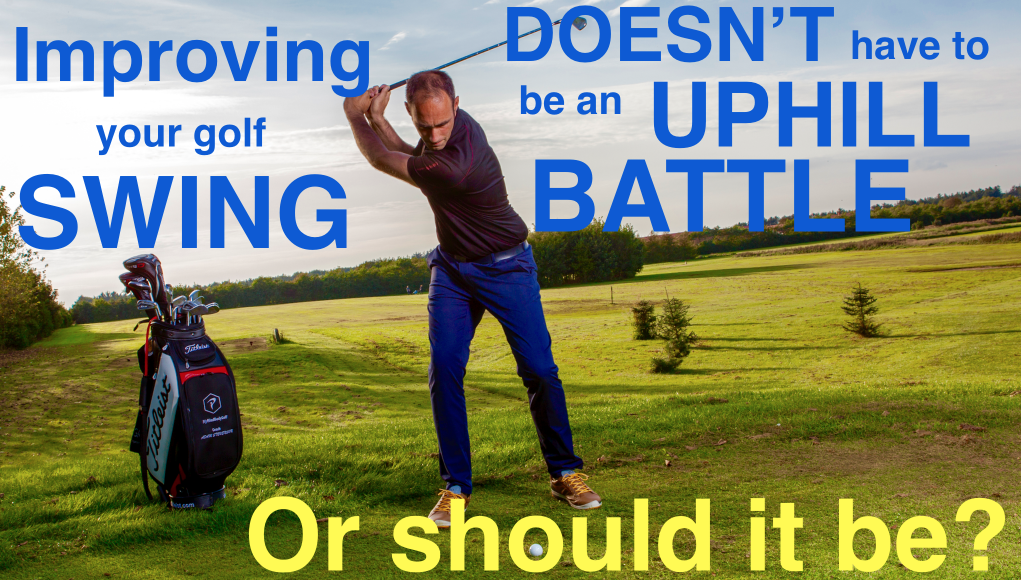
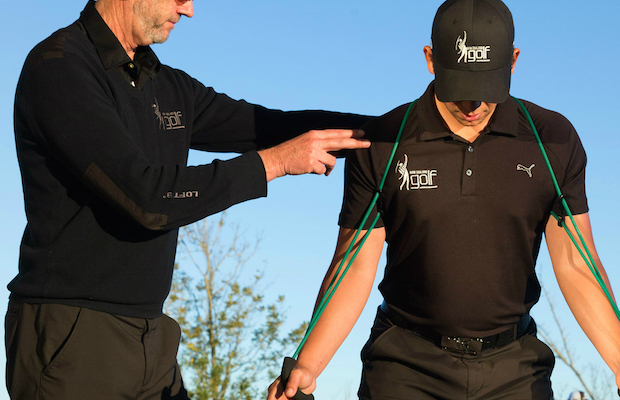
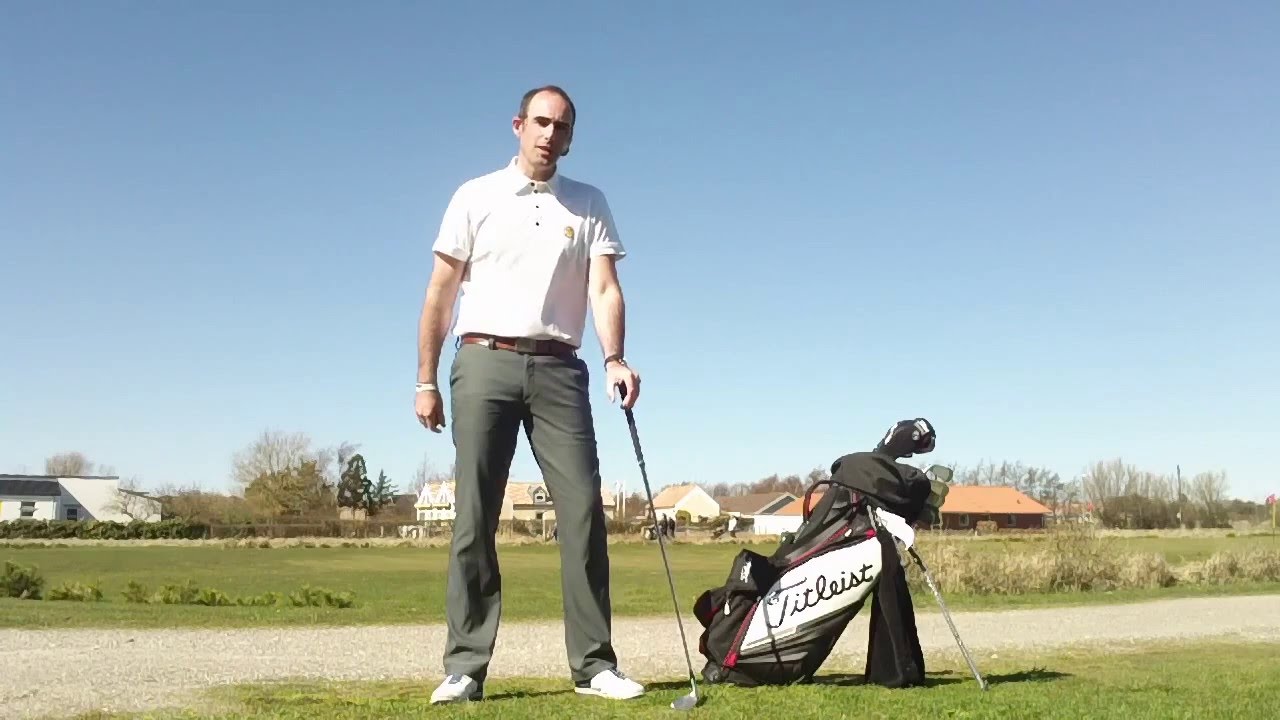
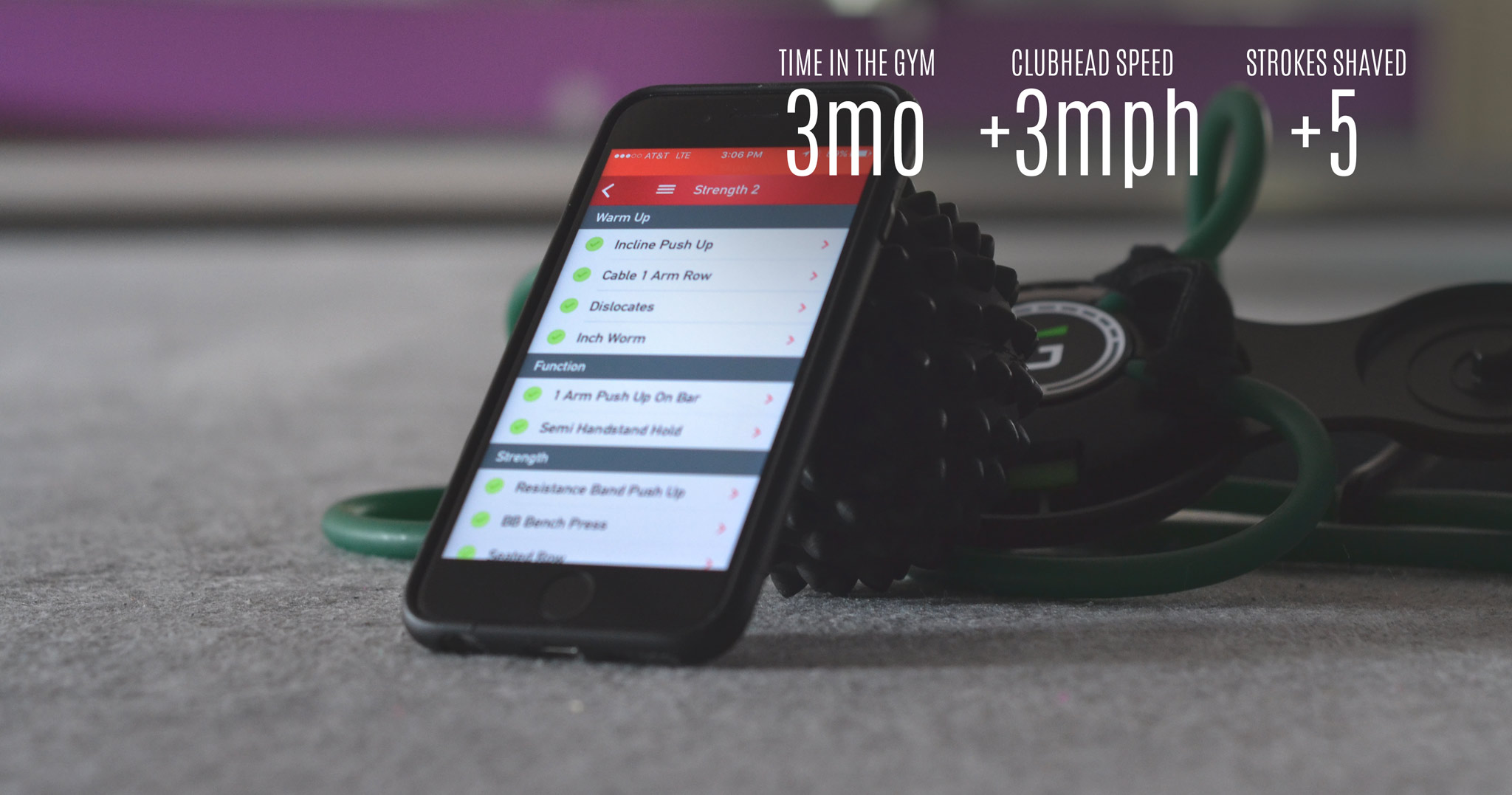
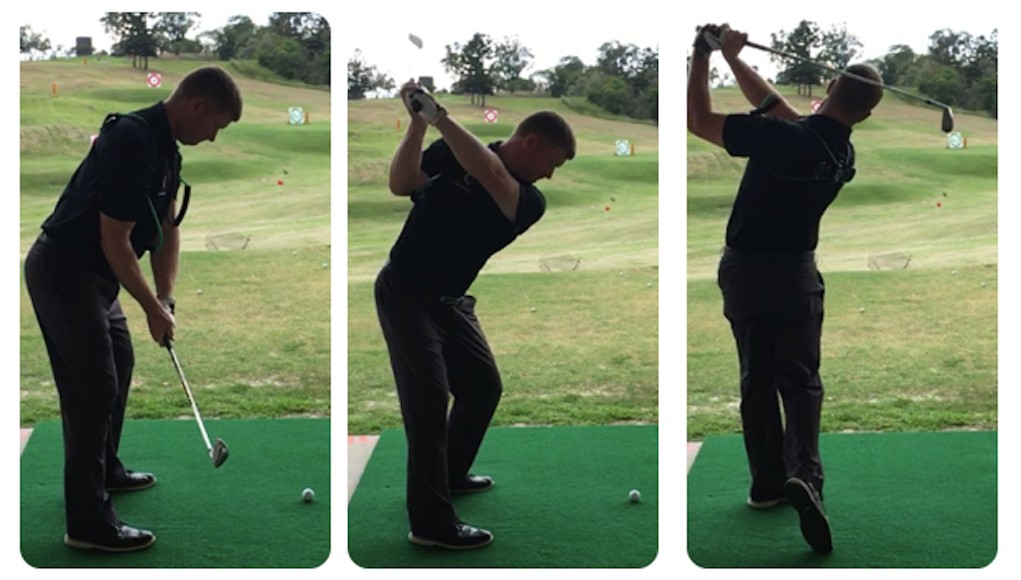
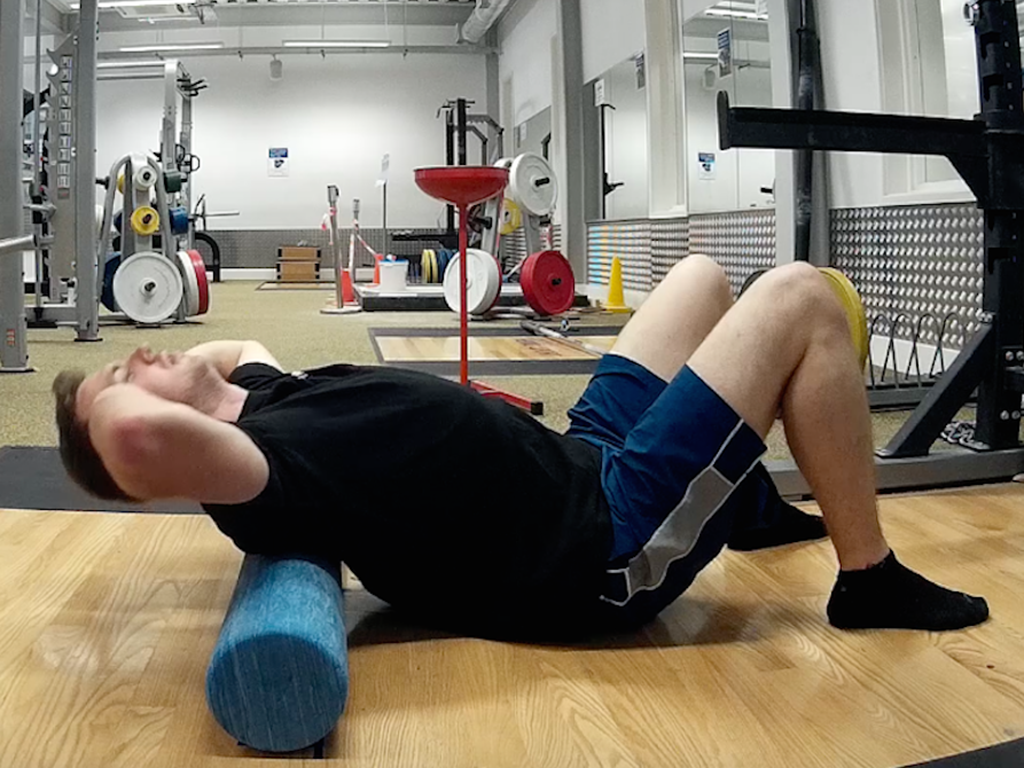








Josh
Dec 21, 2014 at 6:22 pm
Click Here!
Pingback: The Go-To Workout For A Golfer - The Golf Shop Online Blog
marcel
Oct 29, 2014 at 11:02 pm
the thing is – up to benchmark 300p – bench press, squat, dead lift, leg press… in natural (non stereoids) exercise the muscle tone is only slightly bigger in volume than you are eight now. Rory got stronger whilst his weight did not change – muscle / fat ration dropped from 22% to 16%.
I exercise 4x per week – bench 180p, dead-lift 220, squat 220, leg press 250, biceps single 35p. the trick is doing most of it in dumbbells to balance left-right.
marcel
Oct 29, 2014 at 6:53 pm
finally article that brings the basic truth – “you can be stronger golfer without becoming stronger person”. since i started exercising 3-4x per week my length increased to 4i 202yrds Driver 270yrds and better, 7i 165y… pretty much one club jump.
im only 5’8″ playing j38 CB PX 6. Current Deadlift 220p in set 3×6. whole set of 300 spartan workout in 37min.
Paul
Oct 29, 2014 at 5:24 am
Pat knows the score… The body needs to be mobile and stable before you incorporate any heavy lifting. What’s the point in being able to squat 300 if you don’t have adequate hip rotation, no thorasic mobility, tight calves etc, etc, etc
Pinhigh27
Oct 29, 2014 at 9:39 am
The whole point is that you have those things if you can squat 300 to depth. If you don’t understand this fact that I promise you that you can’t squat to proper depth. You guys have no idea how mobility intensive it is to squat heavy to actual depth(where the top of your quad is below your knee). It’s something that 99.9% of people can’t do without training.
marcel
Oct 29, 2014 at 10:51 pm
well put… i squat 220 in full motion 3×8 (and also deadlift 220 3×8) and it took me 9 moths of intense training to get there… but before you get there your core is lot more stable… i train 4x per week… my golf has improved massively. i do core, strength and crossfit style for endurance and explosiveness
Peter
Oct 29, 2014 at 2:22 am
thanks a lot, very useful!
pinhigh27
Oct 25, 2014 at 10:12 pm
literally every exercise in your sample is worthless. Knee band squat?
This sounds like a really cute way of letting golfers think they’re doing something to improve their game, without having to work hard.
People that actually want to get more athletic through weight training, should do the same things everyone else does: linear progression programs that focus on the compound lifts (squat, bench and deadlift). and by squat, I mean a real squat. With a bar on your back.
A mobility routine, like limber 11
If somebody runs a linear program like starting strength and gets it to where they can squat 315, bench 225 and deadlift 405, they’re going to be 2+ st dev above the avg golfer in terms of physical fitness and they can get there in 6 months. What does the cute little program accomplish? It looks like powderpuff girls meets training.
Having people figure out their starting weight as a 1-10 scale is so laughable that I’ll just refrain from discussing that one.
Nick
Oct 26, 2014 at 5:40 pm
Hi pinhigh27,
I very much agree with you that true strength is developed using linear progression programs, using barbells for load is a big part of that.
I program using barbells a lot, but only when it’s appropriate for the athlete/client. In my experience not everybody, in fact almost nobody, is ready to squat with a barbell on their back when they first start training. Movement patterns have to be learned and ingrained before load is added. There is no doubting that a stronger golfer is a better golfer, but in my opinion, strength should be developed alongside a range of other physical attributes.
The example workout is aimed at gym novices. The exercises are basic and designed to build body and postural awareness, literally an introduction to training. The 1-10 rating scale is also meant to give people a general idea of training intensity. I personally use percentage of 1 RM and RPE monitoring to calculate loads, but only where appropriate. Scaling the information you deliver to a client to suit their understanding and ability is a really important skill. It’s part of what differentiates “Coaches” from “Trainers”.
As I mentioned in the article, this is a very basic guide which will be followed up by a more in depth piece on constructing programs. Hopefully you will be able to take away some useful information from there.
Tom
Oct 27, 2014 at 1:26 pm
Whoa there skippy. As golfers we are into flexibility over muscle mass. Arnold (I can’t believe it’s not butter) Scharzenegger couldn’t hit a water melon off a tee.
nikkyd
Oct 27, 2014 at 2:14 pm
I see skinny little golfers swing as fast as they can with their whole body to gain clubhead speed. Big guys can use their forearms and wrists amd get away with it. Now teach the big muscle bound guy how to move his hips even faster, and he will probably outhit the little guy
pinhigh27
Oct 28, 2014 at 4:07 pm
Arnold was a world champion bodybuilder who a lot regard as the best ever. I don’t think he was too concerned about his mobility. I also don’t think anyone that is working out for golf is ever going to have to worry about getting anywhere near as big as Arnold(not to mention they’re not going to use PEDs so it’s literally not possible for them to get as big as Arnold anyway).
Top powerlifters and olympic lifters have more mobility than any golfer would know what to do with. Go find out how mobile Furyk, Dufner or Reed are and get back to me. The whole ” too big to be have good mobility” thing is so stupid as it’s just not a realistic issue for 99.9999999999% of people
What you just said is the equivalent of ” Well should I go play touch football with my buddies? Hm well Wes Welker has like 5 concussions and I don’t want to end up like him, better not.”
Gary Jones
Oct 24, 2014 at 11:44 pm
The first time a tried a kettlebell I wrecked my back for a week. I’m a bit nervous to try it again. I definitely suggest a qualified coach before using one.
Erik
Oct 24, 2014 at 12:53 pm
Strength, stability, mobility, and posture = kettlebell. Buy a bar for deadlifts at home and you have everything you need. Strong First. Gym is too much of a time sink for what you get and you get nothing out of stretching for 30 secs.
rkristopher
Oct 24, 2014 at 1:39 pm
I’ve gotten to be a big fan of the kettlebell (2x a week with 2 to 3 running sessions: 5k, sprints, interval runs–all mixed up per day). Great all-around workout that can be done as an individual or in a class (I do both to stay motivated).
It took a couple of seasons to really kick in, but I found my resiliency and power take big jump this year and when coupled with my regular golf practice my handicap dropped and stayed low for longer this year.
Large chris
Oct 24, 2014 at 2:28 pm
If you are new to training the last thing I would do is get a bar for deadlifting at home. Either get a trap bar for deadlifting or better still get proper coaching on the main lifts before starting (proper coaching) worth travelling to find a highly qualified coach, average gym instructors are NOT going to be able to show you safe heavy lifting technique.
Erik
Oct 24, 2014 at 3:31 pm
Most definitely get a qualified coach to check your form. Go see an SFG for kettlebells, most likely they’ll be a deadlift expert as well. Look up Strong First.
Pat
Oct 25, 2014 at 12:10 pm
You have no idea what you are talking about. You need more than just strength training to stabilize the swing and add yards to drives. It involves stretching, strength training, fast twitch training(plyometrics), stretching and hip rotation exercises. I am in the process of writing an article for golfwrx right now in order to further educate people like you who obviously don’t have a clue how to train for golf.
Wes
Oct 29, 2014 at 9:52 am
Pat, when can we expect to see your article,breaks intersted to see it. Thanks
Mike
Oct 24, 2014 at 11:40 am
Thank you Nick,
Something like this has been needed in the public domain for some while now.
Appreciate this article.